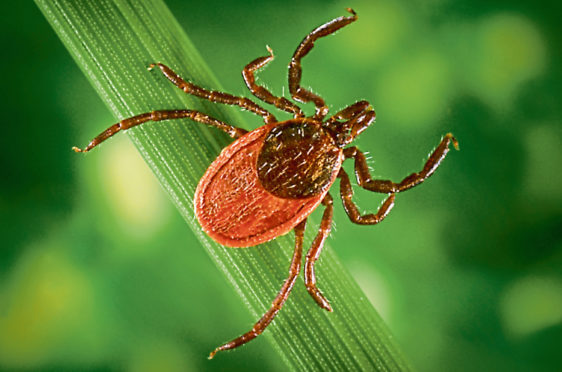Older women living in more well-off rural areas are among the most at risk of contracting Lyme disease, a study has found.
Researchers analysed the data of more than 2,000 hospital patients and found people aged between 61 and 65, as well as children aged six to 10, were more likely to be diagnosed with the tick-borne condition.
Parts of southern and western England were particular “hotspots” for Lyme disease, the experts said, while 60% of the patients were women or girls.
A total of 96% of those recorded identified as white.
Study author John Tulloch, of Liverpool University, said: “The reasons for this are hard to explain, but could be related to differences in health-seeking behaviour between women and men and an increased exposure to tick habitats due to leisure activities in children and older people, as opposed to occupational exposure in younger adults.”
The study found that the local authorities with the highest number of cases were Purbeck, with 3.13 cases per 100,000 people per year, New Forest (2.58 cases) and East Dorset (2.32).
Lyme disease patients were more likely to live in rural rather than urban areas, according to the findings, which have been published in the journal BMC Public Health.
The researchers suggested this could be due to people being more likely to come into contact with ticks if they live in the countryside, for instance while walking their dog.









